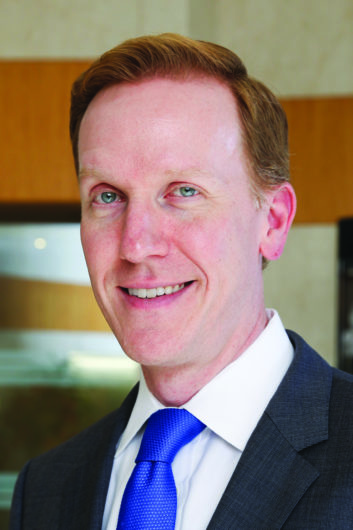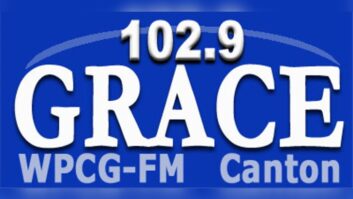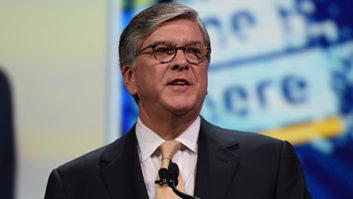
In late July, NAB Vice President of Strategic Planning Patrick McFadden blogged about the FCC’s proceeding about possibly reallocating carriers a portion of the C-band to wireless carriers. Some excerpts:
The conventional wisdom in the communications arena is that the United States is engaged in a race to be the first nation to deploy the next generation of wireless technology: 5G. But while many insist on the importance of winning the ‘Race to 5G,’ we somehow can’t quite get out of the starting blocks. …
Up to this point, the FCC has been working as quickly and responsibly as it can to resolve the critical questions regarding what to do with the C-band … That process has led to a consensus that it is possible to reallocate a portion of C-band spectrum while protecting television viewers and radio listeners from disruption.
Further, a consortium of satellite companies has demonstrated that they can make 200 MHz of spectrum available in the very near future while continuing to accommodate programming distribution in the remaining 300 MHz. While certain details still must be worked out, including the mechanism for the sale of spectrum to wireless companies and the interference rules to ensure a peaceful coexistence between wireless and satellite operations, a 200/300 split has emerged as a bird in the hand that would allow the FCC to move forward quickly without running the risk of programming disruptions. …
Unfortunately, because of pressure from competing interests, the FCC has been reluctant to take the win. The devastating consequence is that the C-band Alliance, a consortium of satellite operators that currently use the C-band, is feeling undue pressure to come up with even more than 200 MHz to reallocate for wireless services. This pressure will lead to bad results for consumers across the country. As they themselves have insisted to the FCC and their customers, there is simply no reasonable way for satellite operators to provide the same level of service to their existing customers if they must immediately surrender more than 200 MHz. …
There’s a win staring us all in the face: reallocating 200 MHz of C-band spectrum as quickly as possible while protecting critical content distribution infrastructure in the remaining 300 MHz. A relentless insistence on getting to a higher number for the sake of getting to a higher number carries real risk of breaking the content distribution system that viewers and listeners depend on today. …
The commission can revisit the C-band as technology evolves and alternative distribution mechanisms become more viable. But forcing a messy, disruptive and delayed result for multiple industries for the sake of a higher number of megahertz right now seems to benefit no one.
We urge the commission not to make “more” the only goal of this proceeding. …












